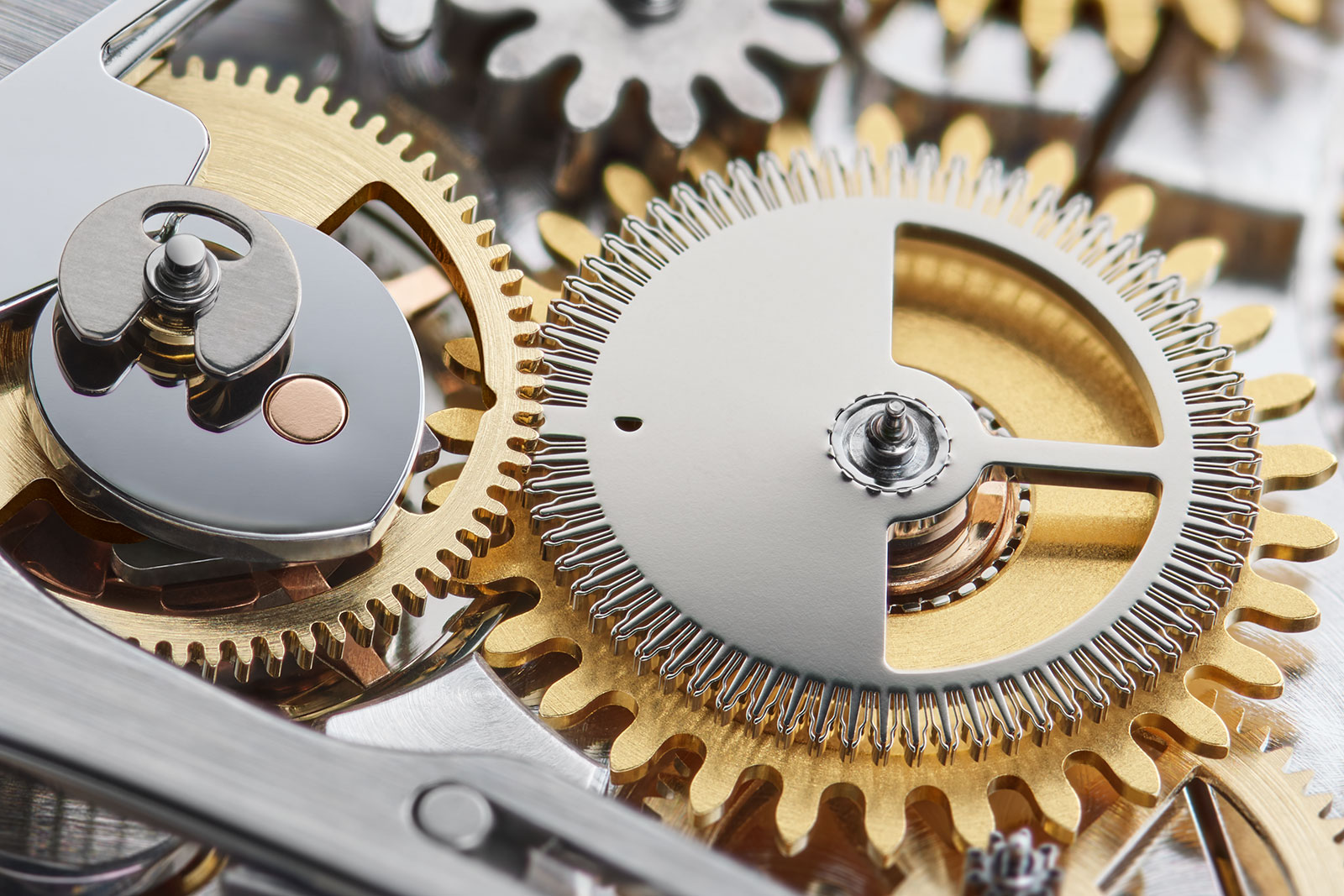I saw a cool Slow Mo Guys video that shows in slow motion at extreme magnification the reason why we sometimes see stutter in the seconds hands of watches. This is especially true for the rep Daytona movements (both the Dandong and Shanghai 4130 and 4131 movements).
You can see that for gear teeth to mesh properly there needs to be at least some space between the teeth. This is true in particular for triangular gear tooth profiles which are necessary for "horizontal clutch" chronographs. In the video towards the end you'll see how the chronograph engages and disengages by one wheel being moved horizontally to mesh or un-mesh with the chronograph mechanism. These horizontal mechanism require that the gear teeth be triangular so that they won't jam if two teeth crests are aligned. The normal tooth profile for gears is something called an involute profile which allows for much less backlash between gears but isn't suitable for a horizontal clutch mechanism.
It's worth noting that on the Daytona movement, the clutch is a completely different style of mechanism -- a vertical clutch. With a vertical clutch it's possible for all the wheels to have involute profile teeth, but even so, Rolex went to the extreme level of having LIGA gear teeth which are little spring arms in an involute profile shape, so the chronograph wheel on a gen Rolex Daytona movement "hugs" the teeth of the driving wheel so that there's zero backlash.

You can see that for gear teeth to mesh properly there needs to be at least some space between the teeth. This is true in particular for triangular gear tooth profiles which are necessary for "horizontal clutch" chronographs. In the video towards the end you'll see how the chronograph engages and disengages by one wheel being moved horizontally to mesh or un-mesh with the chronograph mechanism. These horizontal mechanism require that the gear teeth be triangular so that they won't jam if two teeth crests are aligned. The normal tooth profile for gears is something called an involute profile which allows for much less backlash between gears but isn't suitable for a horizontal clutch mechanism.
It's worth noting that on the Daytona movement, the clutch is a completely different style of mechanism -- a vertical clutch. With a vertical clutch it's possible for all the wheels to have involute profile teeth, but even so, Rolex went to the extreme level of having LIGA gear teeth which are little spring arms in an involute profile shape, so the chronograph wheel on a gen Rolex Daytona movement "hugs" the teeth of the driving wheel so that there's zero backlash.

